Week 3: Beginner
Scroll down to study the birds by sight and sound, and then take the quiz.
Week 3 Birds
Black-billed Magpie, European Starling, American Crow, Common Raven
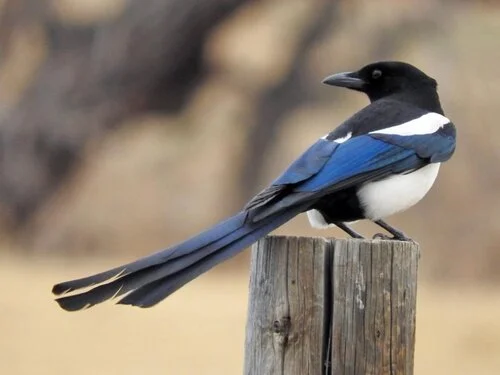

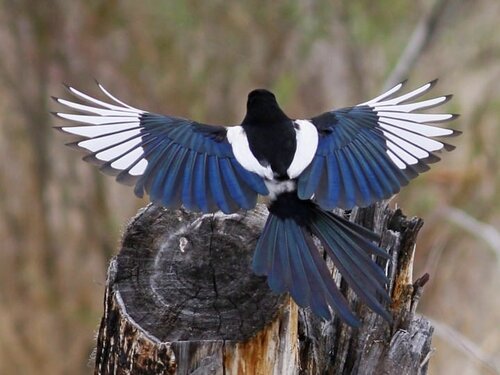


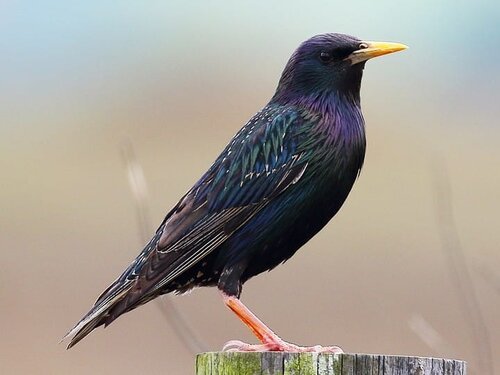
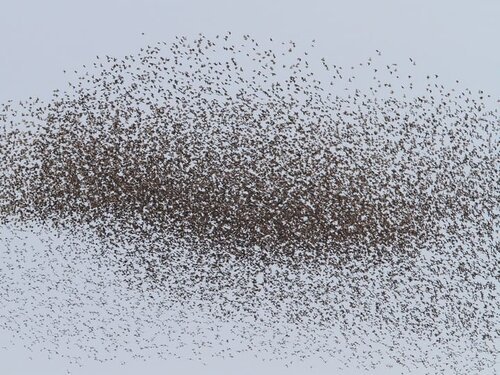
BLACK-BILLED MAGPIE
Bird Code: BBMA
Identify this bird by…
Large, long body with long tail and slightly hooked bill
Appears black and white; in the right lighting, the feathers have a blue-green iridescence
Males and females look alike
Tell it apart from Ravens and Crows by …
White markings on the wings and belly
Long tail
Look for …
In flight - Wing bars on back and white primaries and diamond-shaped tail (these are very distinct field marks)
Behavior - Often forages on the ground; perches on posts and small trees
Listen for…
Call: A nasal, call note that almost sounds like “Mag? Mag? Mag?”
Resources:
EUROPEAN STARLING
Bird Code: EUST
Identify this bird by…
Dark/black overall with purplish-green iridescent and yellow bills
In flight their wings are short and pointed, making them look rather like small, four-pointed stars
This bird is not dimorphic…
Meaning the females and males look the same!
Listen for…
Call: European Starlings make all sorts of different noises, and they often imitate other birds. Be careful when you are out in the field to make sure the bird you are hearing isn’t a just a EUST doing some mimicry!
Song: Harsh rattling and high, thin, slurred whistles. Listen especially for the high, squeaky or wheezy notes, and the characteristic “wolf whistle.”
Resources:
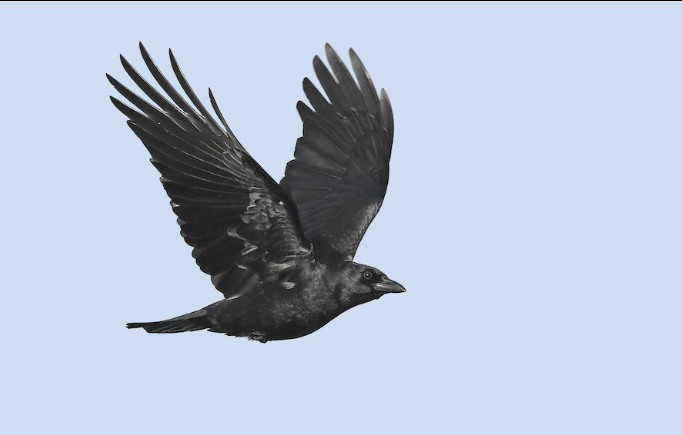
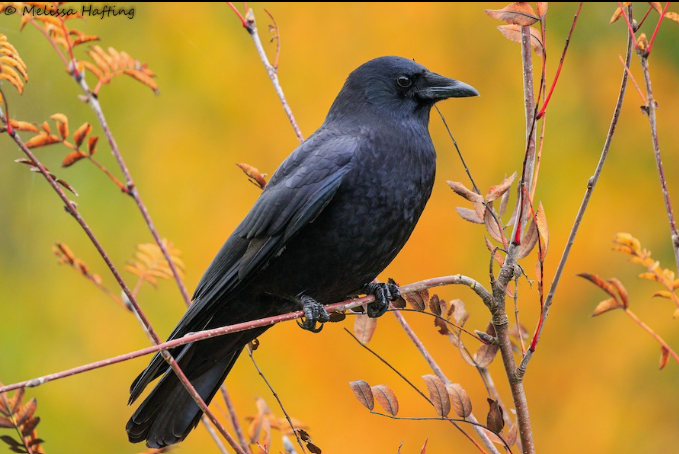
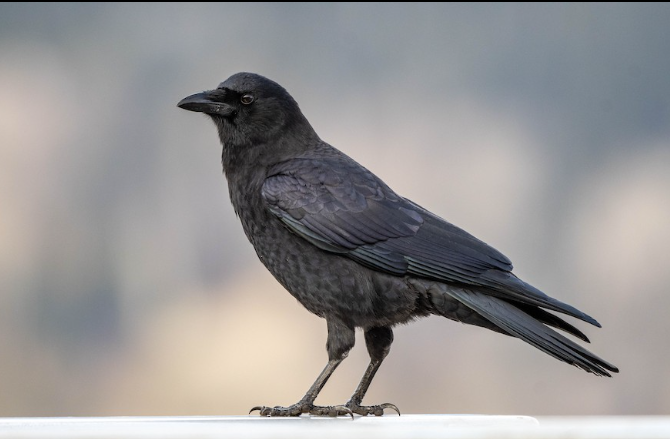
AMERICAN CROW
Bird Code: AMCR
Identify this bird by…
Large all black bird
Flies with steady rowing wing beats
Tell it apart by…
Has a fairly short squared tail, rather than the wedge-shaped tail of the Common Raven
Has a smaller bill than the Common Raven
Listen for…
Call: a full-voiced caw, and also a hollow rattle
Resources:
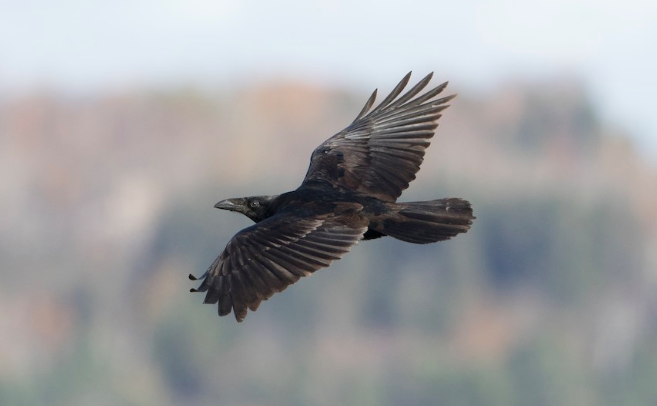

COMMON RAVEN
Bird Code: CORA
Identify this bird by…
Large black bird with large bill and shaggy throat
Long, narrow wings and wedge-shaped tail
Tell it apart by…
Look for a wedge-shaped tail to distinguish it from an American Crows shorter and squared tail
Bill is thicker than the American Crow
Listen for…
Call: Often a deep baritone croak, but they have a variety of calls, from croaks to harsh grating sounds to high bell-like and twanging notes. The classic croak is much deeper than the caw of the American Crow.
Resources:
